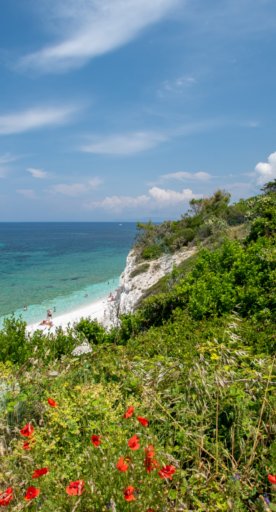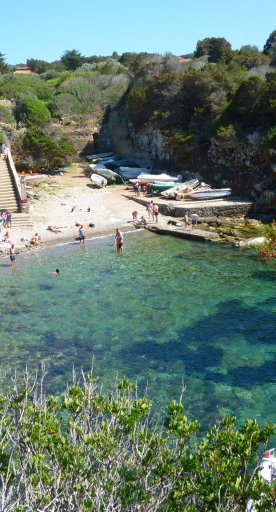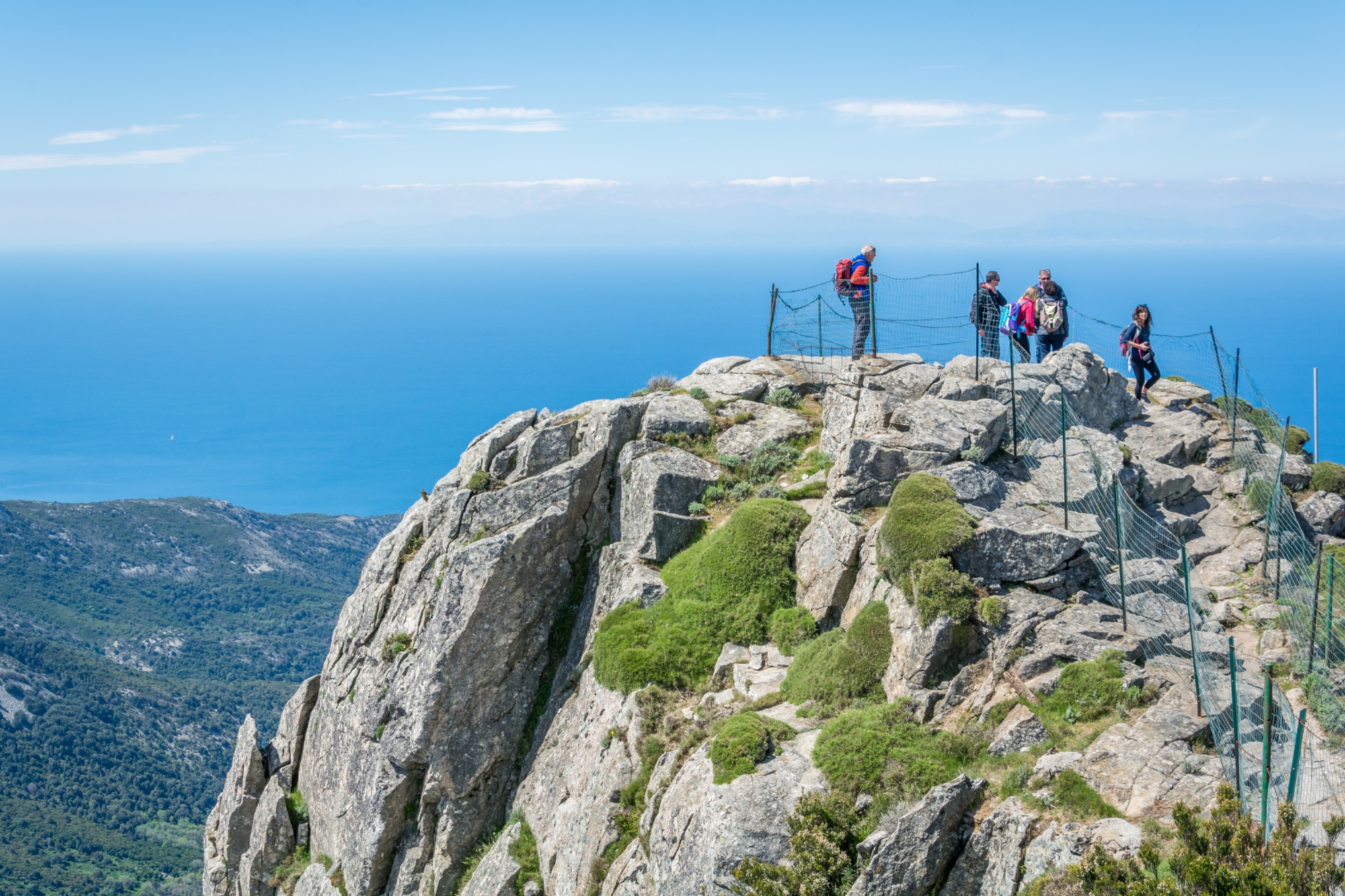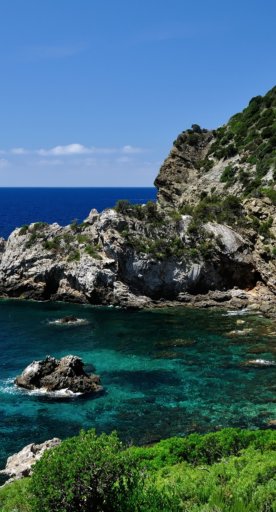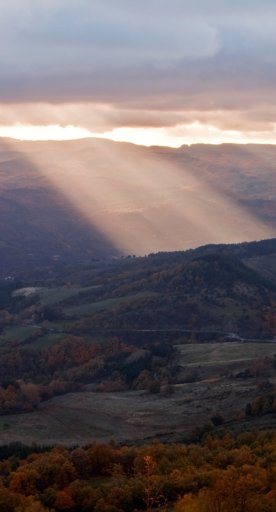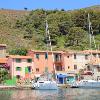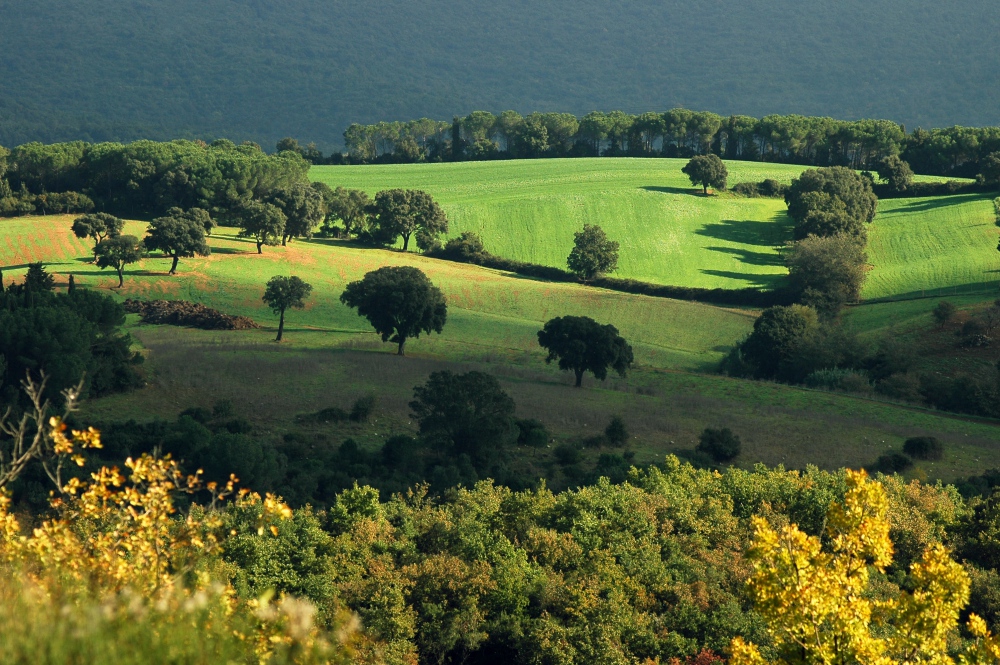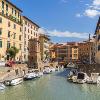The island of Gorgona can be found in the sea in front of Livorno, the smallest island in the Tuscan Archipelago. It's almost entirely mountainous and richly covered by typical Mediterranean scrub.
Part of the island is currently home to a penal colony, built as a branch of that of Pianosa, in 1869.
Access is allowed to all, but strictly regulated.
The Archipelago National Park has recently expanded the number of people admitted to the island on a daily basis, bringing the number of visitors up to a maximum of 100 people per day, excluding residents and service personnel of the prison administration. You can make a reservation up to a week before the date of the planned excursion, in order to send names to the penitentiary administration.


